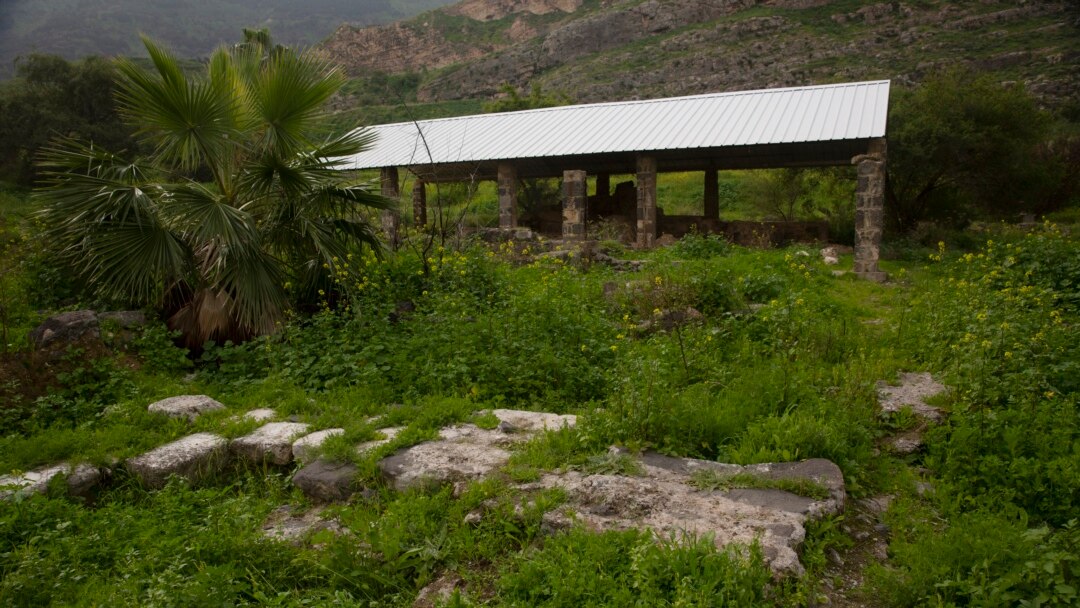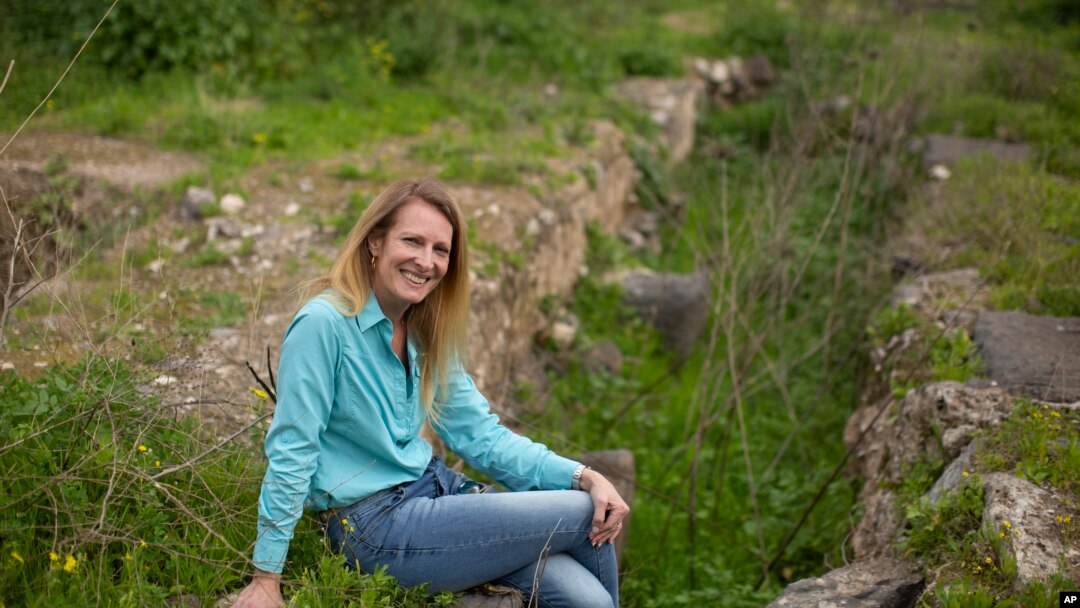Your browser doesn’t support HTML5
Early Mosque Found Near Sea of Galilee
Archaeologists in Israel say they have discovered the remains of an early mosque in the northern city of Tiberias. The Islamic prayer center is believed to date back to the earliest decades of the religion.
The mosque’s foundations were excavated just south of the Sea of Galilee by a team from the Hebrew University of Jerusalem. The scientists believe it was built about a generation after the death of the Islamic prophet Mohammad. That makes it one of the earliest Muslim religious centers to be studied by archaeologists.
Katia Cytryn-Silverman is an expert in Islamic archaeology at Hebrew University and is leading the excavation. She said, “We know about many early mosques that were founded right in the beginning of the Islamic period.” Other mosques dating from around the same time include the Prophet’s Mosque in Medina, Saudi Arabia, the Great Mosque of Damascus in Syria and Jerusalem’s Al-Aqsa mosque. All are still in use today.
Cytryn-Silverman said that excavating the Tiberian mosque is a rare chance to study the early designs and structure of Muslim prayer centers.
When the mosque was built around 670 AD, Tiberias had been a Muslim-ruled city for a few decades. The city was named after Rome’s second emperor around 20 AD. It was a major center of Jewish life and research for nearly five centuries. Before Muslim armies captured the city in 635, Tiberias was home to one of many Christian holy places along the coast of the Sea of Galilee.
Until recently, little was known about the city’s early Muslim past.
Archaeological excavations around Tiberias have stopped and started for the past 100 years. In recent years, the ancient city has started yielding other monumental buildings from its past, including a large Roman theater overlooking the water and a Byzantine church.

Stones from the foundation of the he Al-Juma (Friday) Mosque peek through overgrown plants, in Tiberias, northern Israel, Wednesday, Jan. 27, 2021.
Since early last year, the coronavirus pandemic has stopped excavations and plant life has grown over the ruins. Hebrew University and its partners, the German Protestant Institute of Archaeology, plan to restart the excavation this month.
The first excavations of the site in the 1950s led researchers to believe that the building was a Byzantine marketplace later used as a mosque.
But Cytryn-Silverman’s excavations went deeper beneath the floor. Coins and ceramics discovered in the foundations helped date them to around 660-680 AD. The building’s size and rooms looked similar to other mosques from the same time period.
The first mosque built in Tiberias stood side by side with the local Jewish and Christian worship centers. Cytryn-Silverman said the earliest structure of the mosque was “more humble” than a larger structure that replaced it 50 years later.
“At least until the monumental mosque was erected in the 8th century, the church continued being the main building in Tiberias,” she added.
Cytryn-Silverman says this supports the idea that the early Muslim rulers — who governed a mostly non-Muslim population — were more accepting of other religions.
“They were not in a hurry to make their presence expressed into buildings. They were not destroying others’ houses of prayers, but they were actually fitting themselves into the societies that they now were the leaders of,” she said.
I’m Jonathan Evans.
Ilan Ben Zion reported on this story for the Associated Press. Jonathan Evans adapted this story for Learning English. Bryan Lynn was the editor.
________________________________________________________________
Words in This Story
archaeologists – n. people involved in the science that deals with past human life and activities by studying the bones, tools, etc., of ancient people
foundations – n. usually stone or concrete structures that support a building from underneath
excavate – v. to uncover (something) by digging away and removing the earth that covers it
prophet – n. a member of some religions such as Christianity, Judaism, and Islam who delivers messages that are believed to have come from God
yielding – adj. producing an indicated amount of something
Byzantine – adj. of, relating to, or having the characteristics of a style of architecture developed in the Byzantine Empire especially in the fifth and sixth centuries featuring the dome carried on pendentives over a square and incrustation with marble veneering and with colored mosaics on grounds of gold
ceramics – n. objects made of clay that have been heated to a very high temperature so that they become hard
humble – adj. not proud; not thinking of yourself as better than other people
erected – v. built


